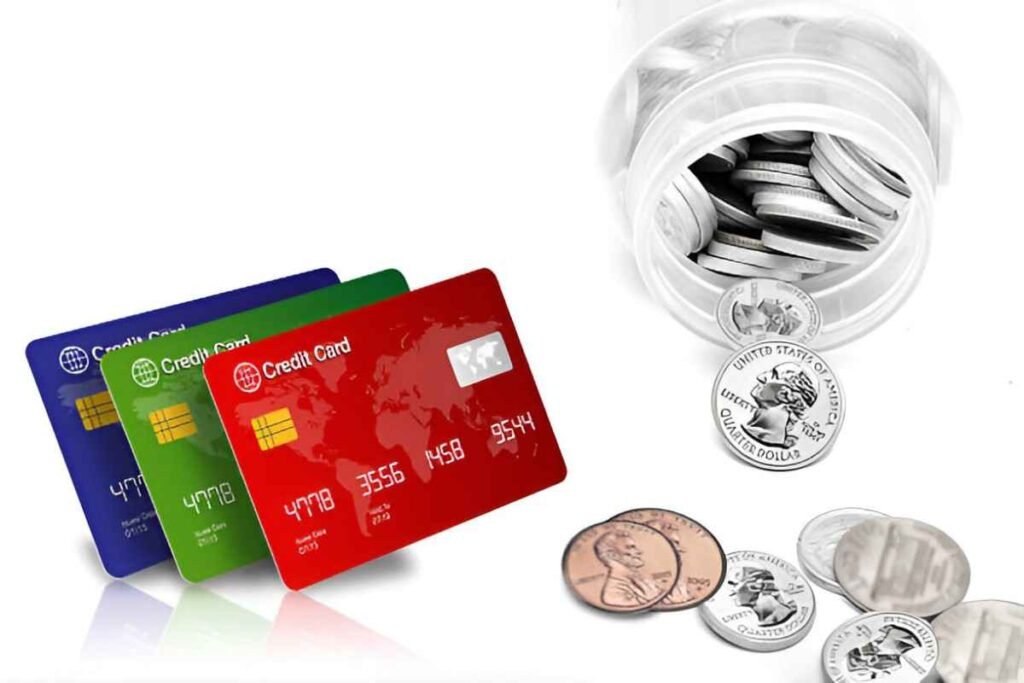When I first started exploring the world of credit cards, the concept of annual fees seemed daunting. It’s easy to assume that credit cards with annual fees are just a money trap designed to take more from your wallet. But over the years, I’ve come to realize that annual fee credit cards can offer significant benefits, especially if you use them correctly.
In this article, I want to break down the ins and outs of annual fee credit cards. I’ll go over how they work, the benefits they provide, the costs involved, and whether they are worth it for different types of cardholders. Along the way, I’ll compare some of the best options available and illustrate with examples to help you make informed decisions.
Table of Contents
What Are Annual Fee Credit Cards?
Simply put, an annual fee credit card is one that charges a yearly fee just for holding the card. This fee is typically charged at the start of each year, regardless of how much you use the card. Annual fees can range from a modest amount, like $50, to hundreds of dollars for premium cards with more rewards or benefits.
But here’s the catch: while an annual fee is a regular expense, the benefits that come with these cards can often outweigh the cost, especially if you use the card for its intended purpose. Some of the most popular credit cards with annual fees offer rewards like cashback, travel perks, or access to exclusive services.
Do I Really Need a Card with an Annual Fee?
This is a question I asked myself when I first considered a credit card with an annual fee. The answer depends on how you plan to use the card. For someone who makes very few purchases on their credit card, a no-annual-fee card might be the way to go. However, if you spend frequently or are looking for specific perks, paying an annual fee might be worth it.
Key Benefits of Annual Fee Credit Cards
Here are some of the benefits I’ve found most annual fee credit cards offer:
- Higher Rewards Rates: Many annual fee cards offer better reward structures, like higher cashback or more points per dollar spent on certain categories. For example, a card might give you 3% cashback on groceries, 2% on dining, and 1% on everything else.
- Sign-up Bonuses: Most annual fee cards come with sign-up bonuses that can significantly offset the cost of the annual fee. For instance, if you spend $3,000 in the first three months, you could earn 50,000 points or $500 cashback, depending on the card.
- Exclusive Perks: Some cards come with premium perks, such as airport lounge access, travel insurance, purchase protection, and concierge services. These can add significant value, particularly if you travel often.
- Better Credit Building: Premium credit cards tend to come with higher credit limits and better terms for those who are trying to build their credit. The better your credit score, the more likely you are to get approved for higher-end cards.
Costs to Consider
While the rewards and benefits sound enticing, I’ve learned that not all of them are necessarily worth the price. Here’s a breakdown of the main costs involved:
- The Annual Fee: This is the primary cost to consider. For most cards, this fee ranges from $50 to $500 or more. Premium cards with extensive benefits usually charge higher fees.
- Interest Charges: If you carry a balance on your card from month to month, you’ll end up paying interest, which can negate any rewards or benefits you’ve earned. The interest rates on annual fee cards are usually around 15% to 22%, but this varies by card.
- Other Fees: Some cards charge additional fees for foreign transactions, late payments, or exceeding your credit limit. I recommend keeping an eye on these to avoid unnecessary costs.
How to Maximize the Value of an Annual Fee Credit Card
To make an annual fee card worthwhile, you need to use it effectively. Here are some strategies I’ve found helpful:
- Spend Within Your Reward Categories: Many annual fee cards offer higher rewards on specific spending categories, such as travel, dining, or groceries. If you can align your spending with these categories, you’ll earn much more value from the card.
- Take Advantage of Sign-Up Bonuses: Be sure to meet the minimum spending requirement within the specified time frame. This is often the quickest way to offset the annual fee.
- Pay Your Balance in Full: To avoid interest charges, try to pay your credit card balance in full each month. This will also help you build a strong credit score over time.
- Use Perks and Benefits: If your card offers perks like travel insurance, lounge access, or extended warranties, make sure to use them. These benefits can often provide more value than the card’s rewards program.
Comparing Some Popular Annual Fee Credit Cards
Now, let’s compare a few popular annual fee credit cards to see how they stack up. I’ve selected cards with varying annual fees to give you a broad perspective.
| Credit Card | Annual Fee | Reward Rate | Sign-up Bonus | Perks | Interest Rate |
|---|---|---|---|---|---|
| Chase Sapphire Preferred | $95 | 2x points on travel & dining, 1x on other purchases | 60,000 points (after spending $4,000 in 3 months) | Travel protection, lounge access | 15.99% – 22.99% |
| American Express Gold Card | $250 | 4x points on dining, 3x on flights | 35,000 points (after spending $4,000 in 3 months) | Dining credits, travel perks | 20.24% – 25.24% |
| Citi Premier Card | $95 | 3x points on travel, 2x on dining & entertainment | 60,000 points (after spending $4,000 in 3 months) | Travel insurance, concierge service | 18.24% – 25.24% |
| Capital One Venture Rewards | $95 | 2x miles on every purchase | 75,000 miles (after spending $4,000 in 3 months) | Travel accident insurance, concierge | 17.24% – 24.49% |
Example Calculation: Are the Rewards Worth the Fee?
Let’s take the Chase Sapphire Preferred card as an example. The annual fee is $95, and it offers 2x points on travel and dining. Let’s assume I spend $10,000 annually on these categories, with $5,000 on travel and $5,000 on dining.
- 5,000 points on travel (2x points for $5,000 spent)
- 5,000 points on dining (2x points for $5,000 spent)
That’s 10,000 points. If we assume each point is worth 1.25 cents (a typical rate for Chase Ultimate Rewards), that’s worth $125 in travel rewards. So, I’ve essentially gotten $125 worth of value, more than covering the $95 annual fee, and the rewards continue to grow as I use the card.
Who Should Consider Annual Fee Credit Cards?
Annual fee cards aren’t for everyone. If you don’t spend enough in reward categories or don’t have the budget to justify the fees, a no-annual-fee card may be a better choice. However, if you frequently spend on things like travel or dining and are able to take advantage of the card’s rewards, a card with an annual fee can be well worth it.
Here’s who I recommend consider an annual fee card:
- Frequent travelers who can use the travel perks and lounge access.
- People who spend heavily on categories like dining or groceries and want to maximize their rewards.
- Those who can pay off their balance each month to avoid interest charges.
Conclusion: Are Annual Fee Credit Cards Worth It?
From my experience, I can confidently say that annual fee credit cards can be worth the cost, but only if you use them properly. The key is to evaluate the benefits, rewards, and perks to ensure they align with your spending habits and financial goals. If you do the math and find that the rewards and perks outweigh the cost of the annual fee, then the card is likely a good fit for you.
The decision comes down to how much value you can extract from the card. If you can maximize the rewards and take full advantage of the perks, you’ll more than cover the annual fee and might even come out ahead. For me, the added benefits of these cards, like lounge access and extended warranties, have proven to be worth it over time.
In the end, annual fee credit cards can be a powerful tool, but they should be chosen carefully based on your personal spending habits and financial situation.





